- News
- Reviews
- Bikes
- Accessories
- Accessories - misc
- Computer mounts
- Bags
- Bar ends
- Bike bags & cases
- Bottle cages
- Bottles
- Cameras
- Car racks
- Child seats
- Computers
- Glasses
- GPS units
- Helmets
- Lights - front
- Lights - rear
- Lights - sets
- Locks
- Mirrors
- Mudguards
- Racks
- Pumps & CO2 inflators
- Puncture kits
- Reflectives
- Smart watches
- Stands and racks
- Trailers
- Clothing
- Components
- Bar tape & grips
- Bottom brackets
- Brake & gear cables
- Brake & STI levers
- Brake pads & spares
- Brakes
- Cassettes & freewheels
- Chains
- Chainsets & chainrings
- Derailleurs - front
- Derailleurs - rear
- Forks
- Gear levers & shifters
- Groupsets
- Handlebars & extensions
- Headsets
- Hubs
- Inner tubes
- Pedals
- Quick releases & skewers
- Saddles
- Seatposts
- Stems
- Wheels
- Tyres
- Health, fitness and nutrition
- Tools and workshop
- Miscellaneous
- Cross country mountain bikes
- Tubeless valves
- Buyers Guides
- Features
- Forum
- Recommends
- Podcast
TECH NEWS
GT Grade 2020 First Impressions: More versatile, capable, comfortable and now with adjustable geometry
Waaaaaay back in 2014 GT Bicycles launched one of the first carbon fibre gravel and adventure bikes with the Grade, and for 2020 it has launched a brand new version, keeping everything that was good about the original but increasing the tyre clearance, improving compliance, ramping up versatility and introducing adjustable geometry for the first time.
Key Details at a Glance
- Carbon and aluminium frames
- External cable routing and internal Di2
- Dropper post compatible
- 160 or 180mm disc brakes
- FlipChip adjustable geometry
- 700x42 and 650bcx47 tyre clearance
- Mounts for mudguards, cages and Anything racks
- Extra comfort from Floating Stays
- Priced from £1,000 to £3,900
- Available mid-June
The timing of the original Grade launch was bang on the money, a bit of luck and crystal ball gazing by the US brand. Gravel racing was becoming popular in the US and starting to spread its influence far and wide, and GT saw an opportunity to bring its mountain bike experience to the drop bar market with a bike designed to be highly versatile and capable on any terrain. It’s fair to say it went on to be a huge success, and it’s a bike that has always reviewed well in the various incarnations we’ve tested.
“GT went rogue back in 2015 when we introduced the first Grade. GT was at the forefront of this emerging gravel scene and became the first brand to develop disc brake equipped carbon gravel bikes,” said Patrick Kaye, GT Senior Product Manager. “The increased performance and added adaptability that we’ve engineered into the new Grade meets the needs of today’s gravel and adventure rider.”
In updating the Grade the company hasn’t stepped too far away from the design of the original bike. Instead of a radical redesign, it has kept the same formula and underlying design but made numerous changes aimed at increasing its capability, comfort and versatility.
The iconic Triple Triangle, a key feature of GT mountain bikes since it was first used on the Zaskar in 1992, remains but in a clear move to increase the seated comfort, the pencil thin seatstays have now been separated (or decoupled if you like, but don’t tell Trek) from the seat tube, which itself has been shaped to allow it to flex more throughout its length.
Together, these two changes have contributed to a claimed 20% increase in compliance compared to the old Grade. GT calls this technology Floating Stays, but it uses the same skinny seat stays made from wrapping carbon fibre around a solid glass fibre core. You can actually see the seatpost flexing back and forth, both when you’re riding behind another cyclist on a Grade or more simply by leaning very heavily on the saddle. There is a 280lb rider weight limit, however.
The gravel and adventure market has blossomed and with its growth has been an increase in acceptable tyre widths. The new Grade ups the tyre clearance to 42mm tyres front and rear. It’s not as progressive as some other bikes we could name but GT feels it hits the sweet spot for most of its customers. As is often the case, you could probably go a bit wider depending on your exact tyre and rim width combinations. The Grade will also accept 650b x 47mm tyres.
The Grade uses 12mm thru-axles and 160mm disc rotors front and rear with flat mount calipers. Furthermore, the rotors can be sized up to 180mm for those riders or occasions when beefier braking is required, say if you’re bikepacking through the mountains. Cables and the rear brake hose are routed externally along the bottom of the down tube, and there’s internal routing for Di2 and dropper posts.
The original Grade’s geometry centred around a long wheelbase, slack head angle, low bottom bracket and a tall headtube. The new Grade has been slightly revised, with a slightly longer wheelbase and a lower stack than before. A size 55cm has a 72.3-degree head angle and 73-degree seat angle, 1,055mm wheelbase, 445mm chainstays, 73mm bottom bracket drop and a 590mm stack and 394mm reach.
Of more interest is the new Flip Chip. It’s a chip in the fork dropout that lets you adjust the fork offset by up to 15mm, between 55 and 70mm to alter the trail to tune the ride characteristic to suit rider preference and whether you’re riding laden or unladen.
The Flip Chip is an intriguing feature for sure. We’ve seen such geometry adjustments before obviously, most notably Rondo, but it’s certainly not commonplace. But where Rondo uses the flip chip to change the stack and reach with only a minor impact on the fork offset, GT has employed it to adjust the fork trail provide different handling.
The default setting is a regular 55mm offset (57mm trail), but you can increase it to 70mm which shortens the trail (39mm). The difference is in how the bike steers and responds to your inputs, with the shorter trail resulting in a faster steering and more agile bike. GT intends this to be a setting to be used when the Grade is fully laden with luggage and water bottles, offsetting the extra weight by speeding up the handling.
“The 55 mm offset is perfect for gravel race days while the 70 mm offset or “low trail” setting is ideal when the Grade is loaded up with cargo for a bike packing adventure,” explains GT.
It’s not a trailside adjustment, but rather you choose the offset to suit the requirements of your riding, based on the terrain, wheelsize and how laden with baggage your bike is. Thorough in-depth testing will be required to assess the benefits of this new feature. This new fork will only be used on higher-end models, lower models will use a carbon fork with a fixed 55mm offset.
There are six sizes from 44 to 62cm and GT has evened out the stack and reach across the size range to provide a smoother progression.
The original Grade was a versatile bike, the new Grade takes the versatility to another level. There are the same hidden mudguard eyelets with removable mudguard mounts to maintain the clean lines and clearance when not using ‘guards, and there are a plethora of mounts for attaching lots of water bottles with the carbon fork compatible with Anything mounts for racks and water bottle cages. The alloy Grade even has water bottle mounts on the seatstays for those epic distance rides when you need to lug a lot of water with you.
What’s it like to ride?
Girona was the launch venue for the new Grade, a well-known hub for pro cyclists but hiding miles of high-quality trails in the forests surrounding the historic city an hour’s drive from bustling Barcelona.
I was only provided a couple of hours on the new bike so far from enough time to form a solid opinion of the new bike, but first impressions are that GT has retained all the key qualities of the original Grade whilst managing to improve it in key areas.
The ride is impressively smooth and calm, with a noticeable increase in seated comfort when riding over rocks and gravel of dried out river beds and tackling roots on tree-lined trails. You can feel the saddle deflecting underneath you when hitting a bigger hole or bump, and also see it moving on another rider’s bike when you’re following them.
It’s also a very stable and easy bike to ride. The length of the bike and the head angle gives relaxed steering that makes it a breeze and a joy to carve the Grade through twisting singletrack, drifting the back wheel through tighter turns on the dusty gravel. It passes the riding no-handed test with flying colours.
I didn’t get the chance to experiment with the Flip Chip adjustment, riding the Grade in the default 55mm fork offset setting which provided very predictable handling that threw up no surprises on the trails we were being guided by local riders.
When I rode the original Grade in Utah back in 2014, I summed it up by saying: “The Grade handles any terrain with aplomb, isn’t fazed by rough terrain and whizzes along the smoother stuff as quickly as any road bike. That you can fit mudguards and racks boosts it versatility immensely, making it a bike that can comfortably replace three or four dedicated purpose bikes. It’s well suited to the recreational cyclist who cycles for fun or transportation, rather than to those who count segments.”
My feelings with the new Grade are little different, but it’s clear the comfort has been increased and versatility has been taken to another level ensuring it’ll appeal to people wanting to plan an adventure bikepacking trip with all the luggage and bottles they’ll need, whilst still appealing to people who want a rugged and comfortable bike for everything from normal weekend rides to daily commuting.
How much will it cost?
There will be five models of Grade to choose from, priced from £1,000 to £3,900 with two alloy bikes and three carbon bikes.
The top-end Grade Carbon Pro (£3,900) is equipped with a Shimano Ultegra Di2 groupset with an RX rear mech and an FSA Energy Modular Adventure 46/30t chainset, and finished with WTB Riddler 37mm tyres on WTB tubeless rims laced to Formula hubs.
The Grade Carbon Expert (£2,500 ) steps down to a Shimano 105 groupset with an FSA Omega Adventure 46/30t chainset and the same 37mm wide WTB Riddler tyres.
The Grade Carbon Elite (£2,000) is built around Shimano’s Tiagra groupset with an FSA Omega Adventure 46/30t chainset and wide-range 11-34t 10-speed cassette and again the same WTB Riddler 37mm tyres.
The Grade Expert (£1,500) combines an aluminium frame and carbon fork with a Shimano 105 groupset with WTB Riddler tyres.
The cheapest Grade is the Grade Elite (£1,000) with a Shimano Claris groupset, a SunRace 11-34t cassette and an FSA Tempo Adventure 48/32t chainset and the 37mm WTB Riddler tyres.
The Flip Chip and Anything compatible fork is only a feature on the top two models, the three models below those use a carbon fork with a fixed 55mm offset and just pannier and mudguard compatibility.
All bikes will be specced with GT’s new aluminium DropTune handlebar which features a 16-degree flare. There are carbon seatposts on the top-end models along with Fabric Scoop saddles. WTB’s excellent Riddler tyre in 37mm width is used across the range which is tubeless-ready.
Stay tuned for a first ride and first impressions video soon. More info at
David worked on the road.cc tech team from 2012-2020. Previously he was editor of Bikemagic.com and before that staff writer at RCUK. He's a seasoned cyclist of all disciplines, from road to mountain biking, touring to cyclo-cross, he only wishes he had time to ride them all. He's mildly competitive, though he'll never admit it, and is a frequent road racer but is too lazy to do really well. He currently resides in the Cotswolds, and you can now find him over on his own YouTube channel David Arthur - Just Ride Bikes.
Latest Comments
- chrisonabike 2 sec ago
Indeed, though this goes wider:...
- hawkinspeter 58 min 18 sec ago
Controversial £15 million Park Street scheme will 'gridlock' Bristol:...
- Global Nomad 3 hours 47 min ago
would be good to see you test the Newmen wheels the weight/price ratio is extremely good and suggests that europeans can match the chinese in this...
- mdavidford 6 hours 6 min ago
I don't think you have. I think their point was:...
- jamesha100 16 hours 1 min ago
Should be a lifetime driving ban. Who could seriously argue against the justice of that in this case?
- thax1 22 hours 48 min ago
Another 'sound-alike' mid tier offer, so I get all excited and buy a bunch of them thinking I've got an absolute steal. Only to then realise I've...
- mdavidford 22 hours 57 min ago
first cast out the beam out of thine own eye
- mark1a 1 day 20 min ago
New addition to the fleet, a Specialized Aethos. This is the Comp model, 12 speed 105 Di2, 10r carbon layup in pearlescent white, with upgraded...
- Secret_squirrel 1 day 5 hours ago
Yes. Just like there's no push rod brakes or U brakes any more. Get with the program granddad.

















































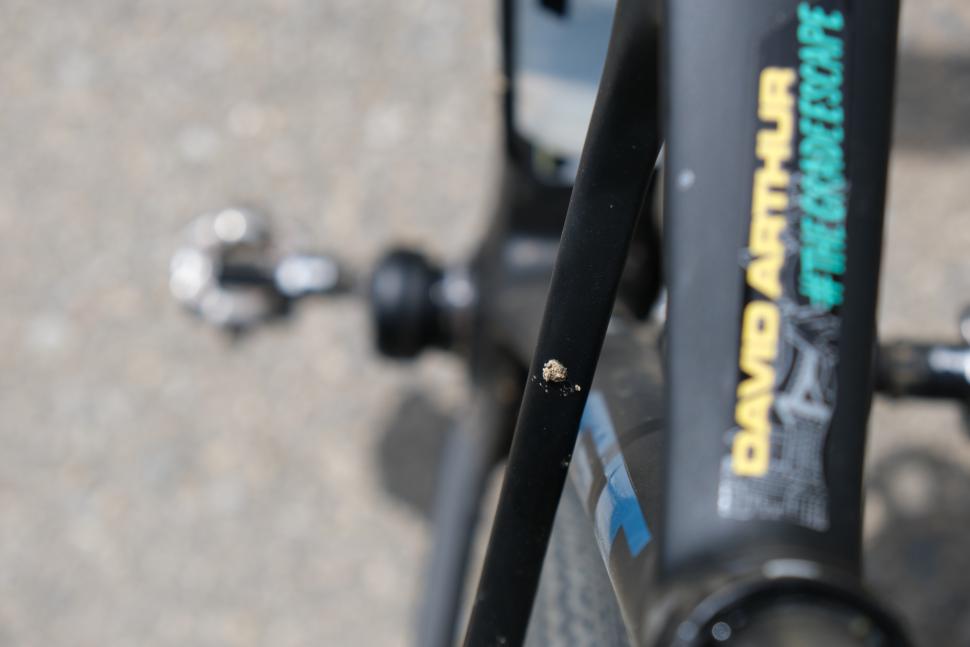


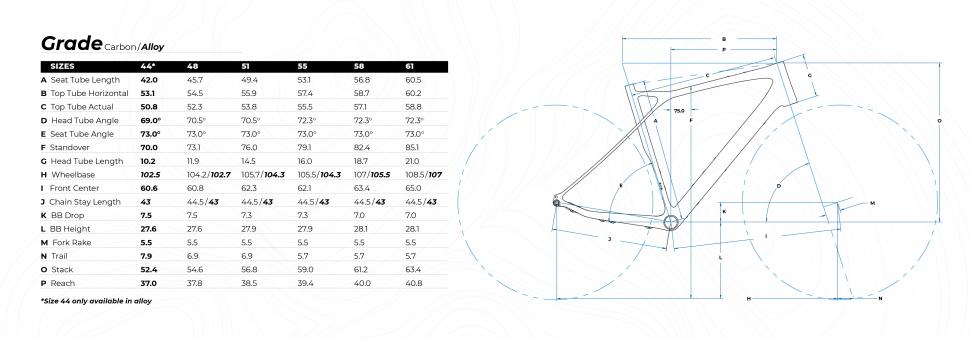
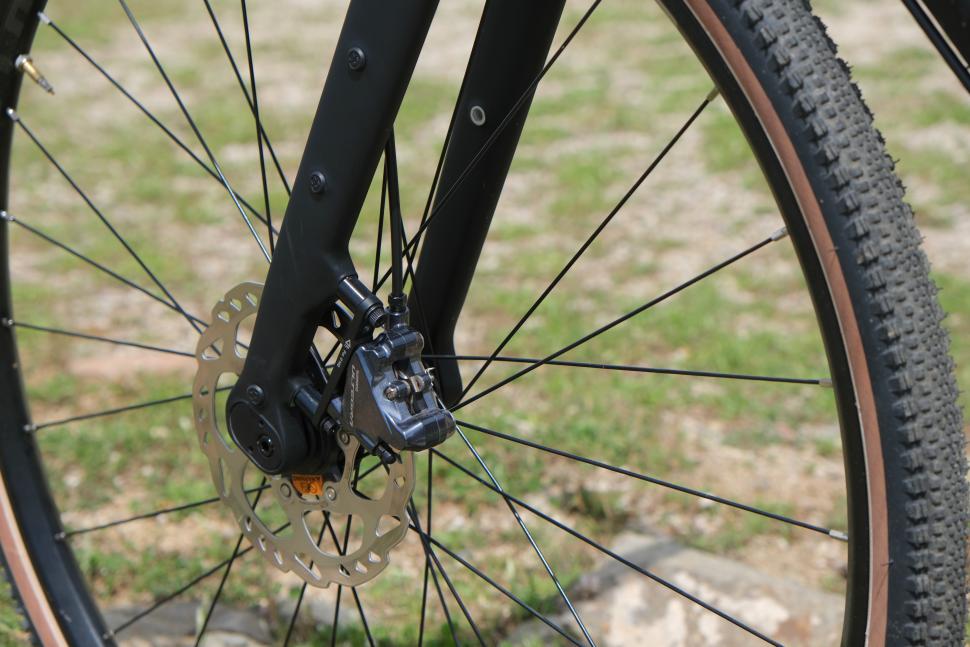

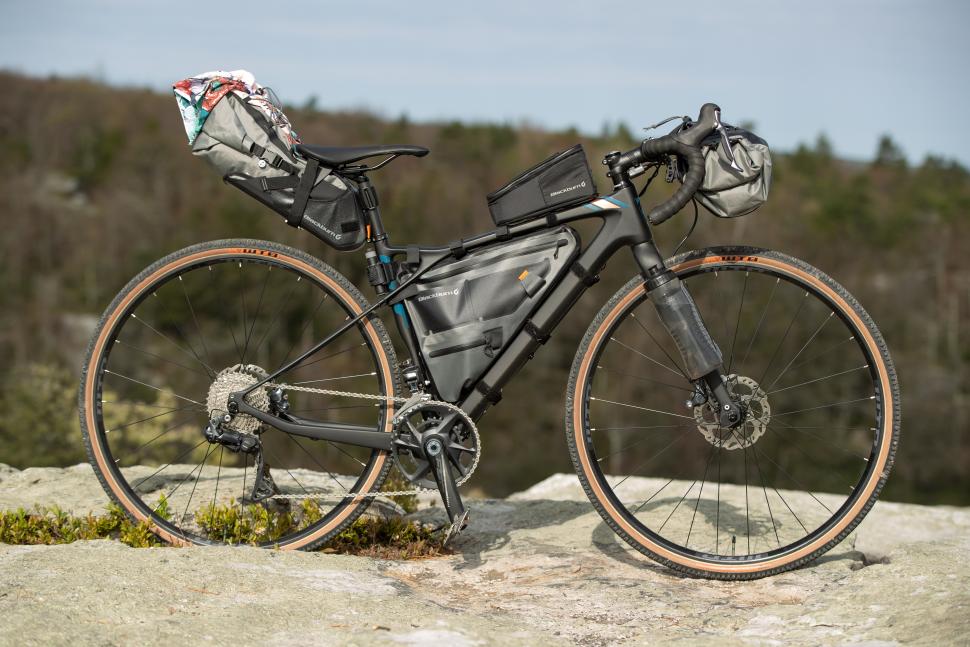


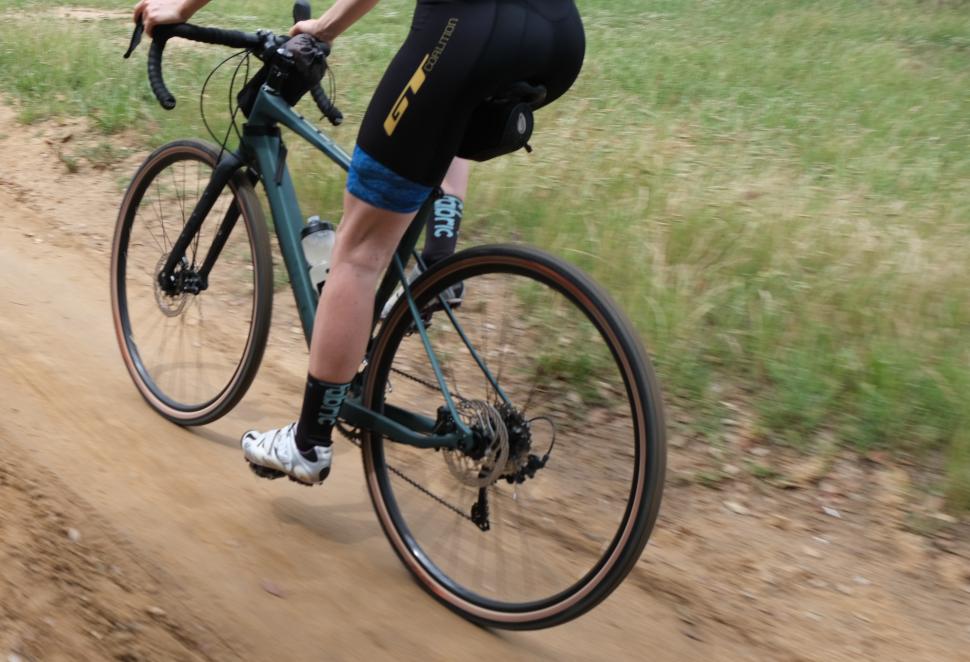
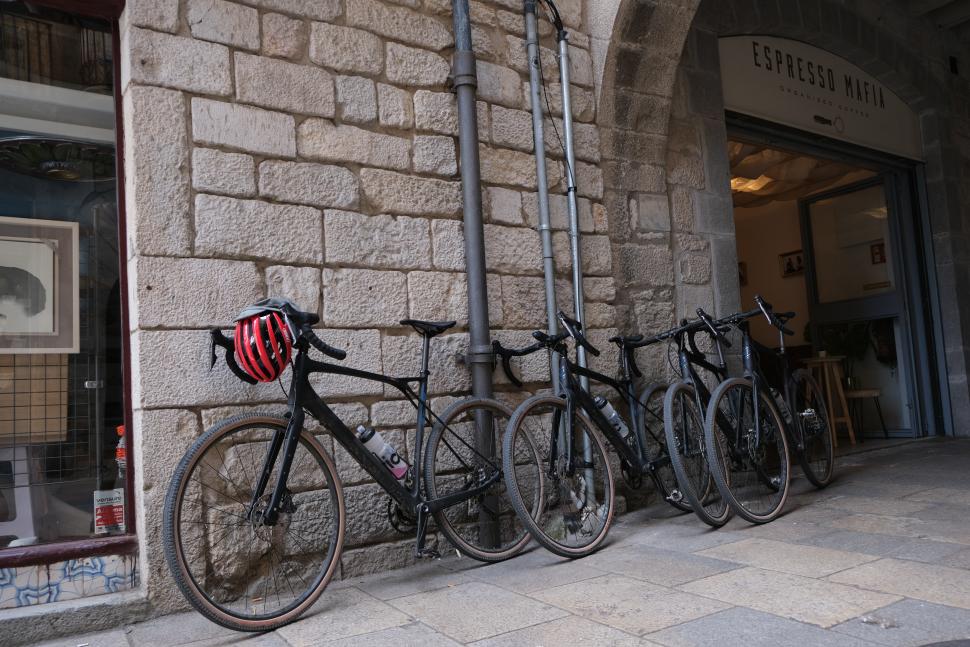
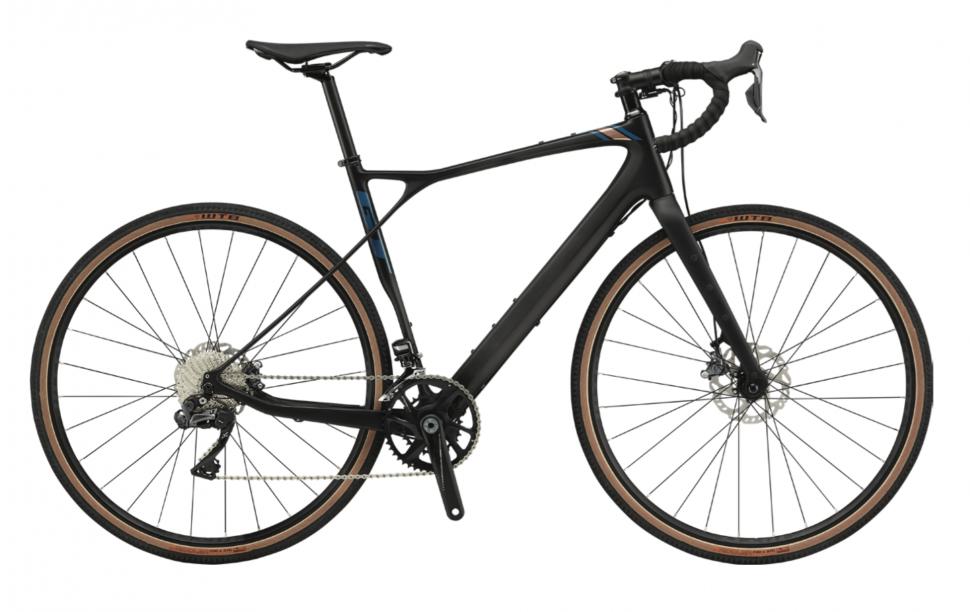


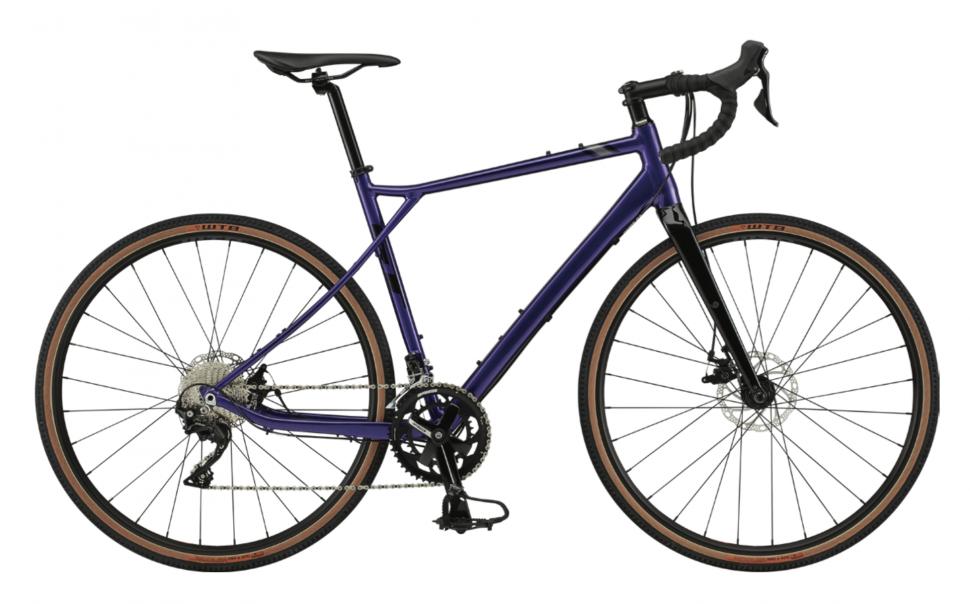
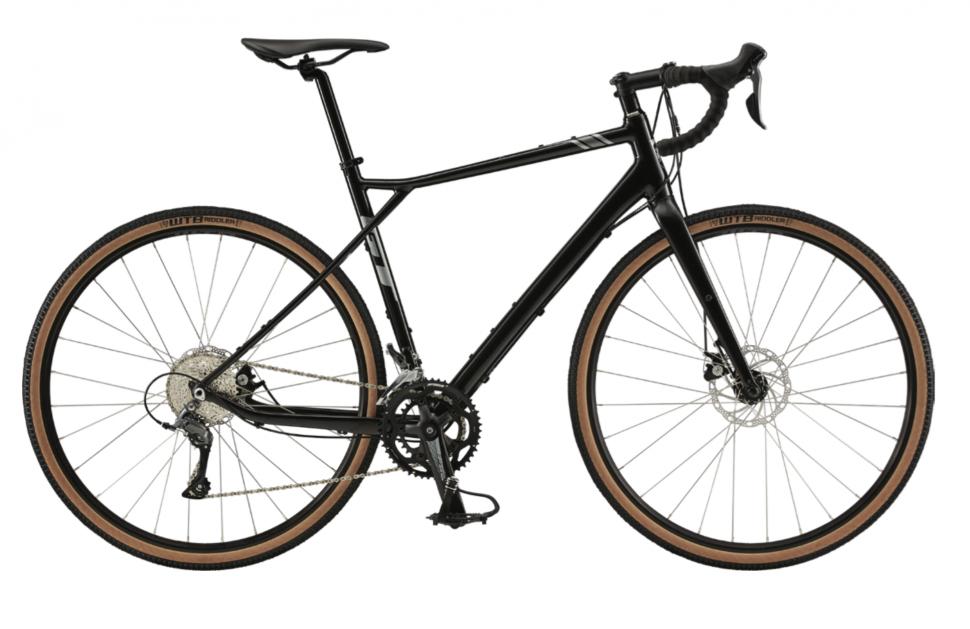
Add new comment
16 comments
Just got an email from GT linking to their Grade page. Seems the alloy 105 not only has Tektro mechanical disc brakes but a square taper BB to go with its FSA chainset! Bit of a roll-back from the Alloy 105 from 2015 despite the doubling in price...
Well spotted Gossa, it was a picture I managed to find that was pretty standard, saddle looks upgraded to a Flite Ti, a change I would make too.
I always liked the triple triangle frames of GT.
I always wanted a Zaskar in the early 90s
92 gt zaskar.jpg
Now that is a classic? Looks like a '92 with the U brake on the seatstays. GT 3D fork and Deore 2 groupset? Very nice!
Yep you're 100% right. Brands have to price mainly in $USD as bikes are made (predominantly) in Asia and paid for in American Dollars. Right now if you are pricing then you have to look at where the dollar is and the uncertainty about where it will be. As you state above, it's definitely Brexit related.
So when the £ was 1.02 to € some 15 years ago, were you whining then, wasn't anything to do with Brexit, we've had it good and bad over the years, I remember being able to buy stuff from the US for peanuts and that was after the pound dropped massively against the Euro, and then again when the £ went to 1.42 stuff in the eurozone was cheap as chips. Why not simply accept that inflation occurs and that manufacturers are trying to squeeze as much out of punters as they can and will charge bearing in mind the market/what other suppliers are selling their products for.
You could always buy elsewhere if £1000 is too much for you.
Frame bags take water bladders.
Does the one in the photo? Surely you want a fluid 'tank' on the top tube if you're taking up your bottle space with luggage and having a third bottle cage mount would also be beneficial.
There's a third mount under the downtube but as fukawitribe said, nowadays you keep your water bladder in your frame bag, or use the fork mounts for extra bottles if you're not fitting front bags.
And you're quite right about the tyres, although you can still feel the flex in the seatpost area quite significantly. As for dogs dinner, what part exactly do you find pedigree chum chum?
"ride is impressively smooth and calm, with a noticeable increase in seated comfort when riding over rocks and gravel of dried out river beds and tackling roots on tree-lined trails. You can feel the saddle deflecting underneath you when hitting a bigger hole or bump"
Might not that be becuase you were riding wide tyres at low pressure and would have been same/imilar with other frames on same tyres?
It looks like a dogs dinner and whovever thought bikepacking taking up the space for both bottle mounts with a bag wants a good hard slap.
At least there’s a choice. Looks like you could have water bottles wherever you want. Including on the seat stays of the alu models. Now that would look like a dog’s dinner?
This new range looks like a thoughtful update of a well regarded predecessor.
But £1000 for Claris? Have I missed something?
This is provisional pricing based on current exchange rate which is utterly shite (Brexit). Expect other brands 2020 bikes to reflect this as well.
You do see the bottle on forks in the same picture?
Blimey, those seat stays!
I really love my original carbon grade. It's very much a fast endurance road bike that is capable of taking on a lot more than just tarmac. It's not a full on gravel bike (in the current sense) though, mainly because the tyre clearance simply isn't big enough. 35mm at 700c, and not a vast amount gained by going to 650B.
It not being a full on gravel rig is fine by me. I have more of a problem with the fact that it came with a semi compact 52/36 chainset - my favourite set up for pure road riding but a bit too tall for anything off road. A standard compact would have made much more sense. Also, I have to have a -17degree stem fitted to get a good front position.
This looks like a much more capable gravel bike. The much bigger tyre clearances certainly open up the range of surfaces that you can comfortably take on. Much lower gearing is firmly aimed at big miles off road. That said, half the fun of the orginal comes from when you find you have got yourself in over your head in terms of the terrain.
The extra mounting points are a good addition. I get the feeling that the flip-chip is one of those things that the majority of people will never really play with - more of a set once and then forget about it. It's interesting that unlike Rondo (both the RUUT and the HVRT) they are not trying to turn it from the extremes of a race/speed focused machine to an all day comfort/endurance one with the flip-chip, but aiming at heavily laden travel, which ties in nicely with all the extra mounting points and carrying capacity